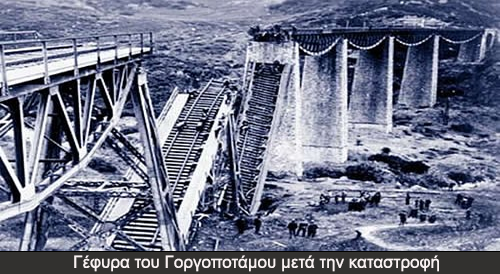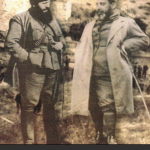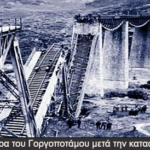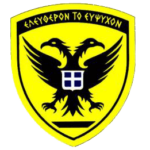The blowing up of the Gorgopotamos bridge is a major event of the Greek National Resistance, against the German Occupation, during WWII. It took place in the night between the 25th and 26th of November 1942, executed by the resistance groups of EDES (National Republican Greek League) led by Napoleon Zervas and ELAS (Greek People’s Liberation Army) led by Aris Velouchiotis, along with allied forces under the British leader of the mission Major Chris Woodhouse. The bridge, of strategic significance, since it bridged Central Greece to Thessaly, was also used by the German Forces for the transportation of troops and supplies. Its blowing up aimed to disrupt this route of transportation and send a strong message of resistance against the occupation forces. The mission plan had been drafted by the Middle East HQ and it was called Operation Harling. The force of the troops was: EDES: 95 men, ELAS: 50 men, British Mission: 9 men. This operation is recognised as one of the most emblematic examples of resistance against the German Occupation of Greece, which boosted the Greeks’ morale and constituted a turning point for the resistance, proving that the forces of the occupation regime were not invincible.
